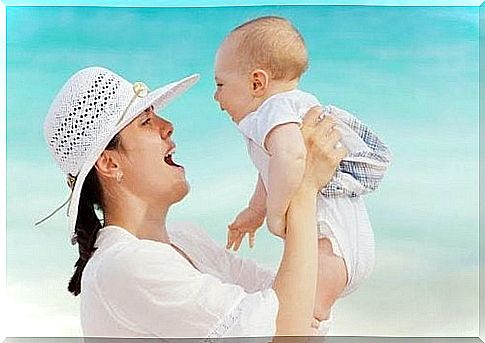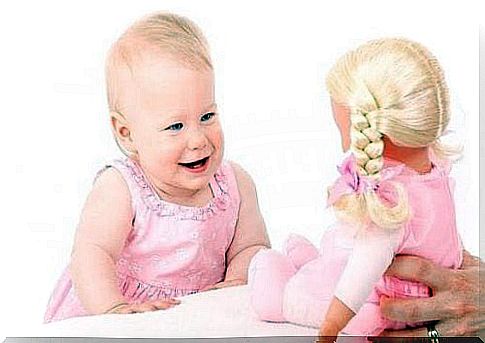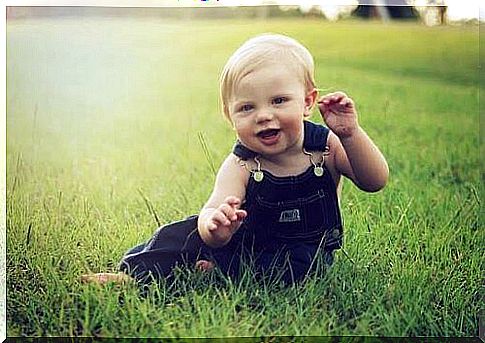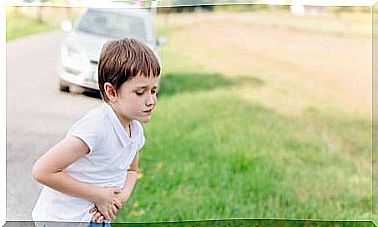Do You Know How Children Learn To Laugh?

First, the children learn to laugh or smile through imitation. This means that if they see a smile on the faces of others, they do the same. When children grow up, they start making funny noises and grimaces.
At one year of age, they like talking to them by pulling out the words. This helps them learn languages more easily.
They will learn more easily how to pronounce the word, which will help them communicate better with the world around them. This is a process that continues throughout childhood.
The child’s laughter allows them to communicate with the outside world
According to some experts, children learn to laugh and smile very quickly, which is believed to be a form of communication. In addition to being able to tell that they are hungry, tired, cold or hot by crying, laughter is also a way for them to interact.
The latest research was conducted by a group of researchers at Birkbeck College in London. The research collected more than 700 questionnaires from around the world on how children learn to laugh. They discovered that children’s smiles are a response to pleasant situations.
How does laughter develop in infants?

Your baby’s first smile is a blessing because it comes directly from the soul. Even if it’s just an imitation of you, you will feel that he or she opened his or her lips to tell you that he or she is happy that you gave birth to him or her. That he or she feels safe and calm from the heat from your body.
Newborns usually smile while sleeping because it is an unconscious gesture. It is a contraction of the facial muscles caused by the emotions that give them pleasure, such as the taste of breast milk, a memory of when he or she was in the mother’s womb, and so on.
Some call this the “smile of the angel” because it is not encouraged by anything. It is also not aimed at anyone, nor is it an attempt to communicate. Sometimes parents can try to get a smile while the child is awake, but without success.
Around weeks 8-9, the smile becomes a voluntary act. The child will smile when he or she feels company, especially from his or her parents or people close to him or her. If you are happy, your baby is happy too.
During the following months, the child will be able to create a great feeling of joy by repeating this action daily. This will lead to happiness and enthusiasm.
The feeling of happiness will undoubtedly make the child feel loved by his family.
Benefits of laughing

Maintaining a sense of happiness is so rewarding for us humans that we should strive to help children develop this from an early age. Adults who are happy see life from a different perspective, and the same happens with young children who discover the world.
We have compiled a list of the most important benefits, for you to understand the importance of laughter in children:
Incredible medicine:
It makes the child feel better and leaves the pessimism aside. In addition, the immune system is strengthened.
Educational tool:
If you use a little positivity to calm an outbreak, you will notice that this has an incredible effect on the behavior.
Developing empathy:
To develop empathy, you must first be observant and understand the needs of others.
Increases self-esteem:
Many studies show that children’s happiness is closely related to self-esteem.
Promotes intelligence:
By repeating jokes, we improve children’s vocabulary and memory.
Teaching toddlers to laugh is an exciting journey that will make you happy. Your smile is the main stimulus for your baby, so enjoy life and let him or her smile with you.









